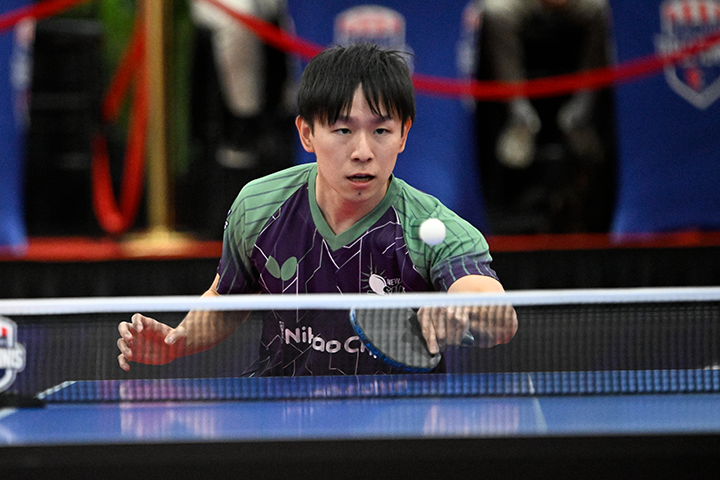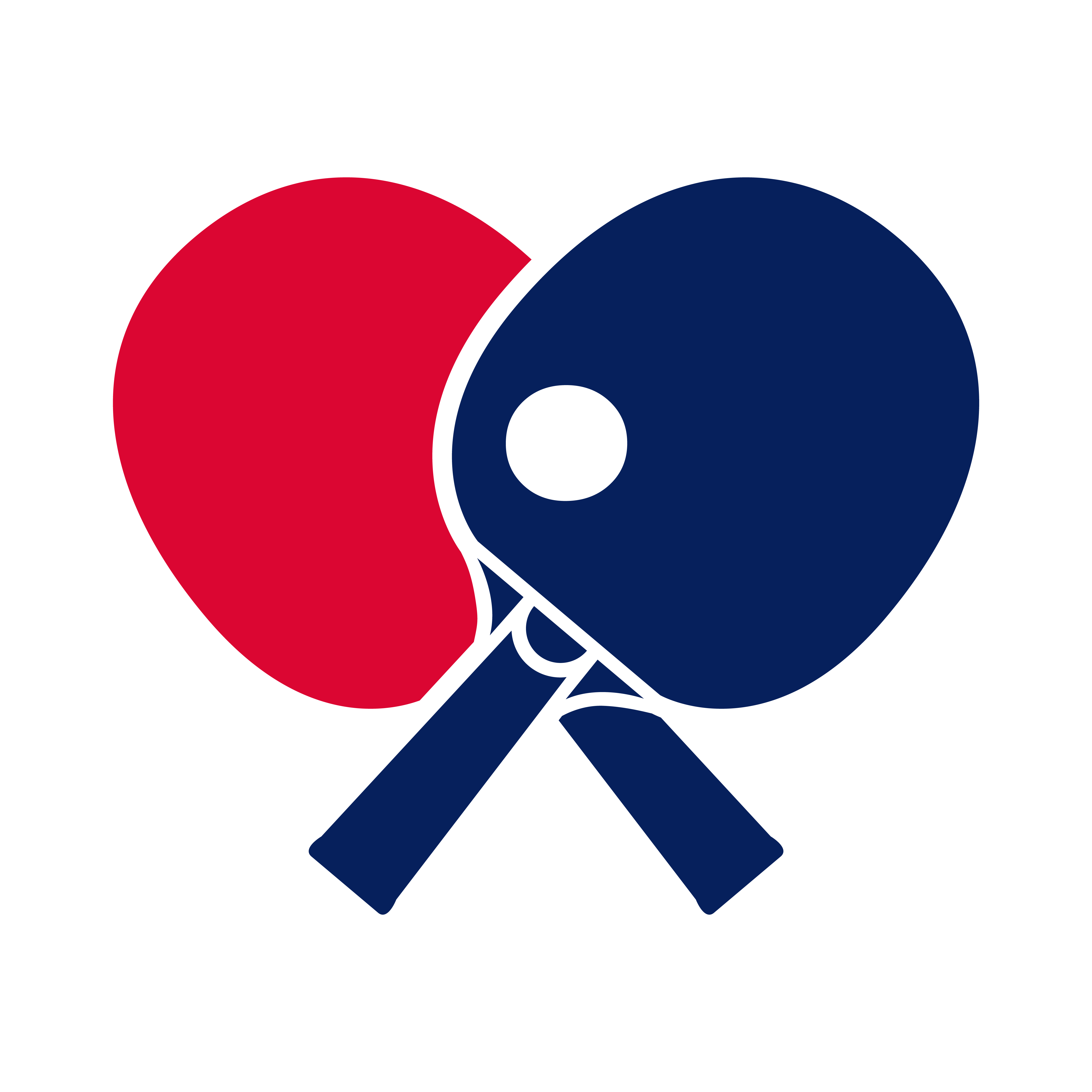KOKI NIWA: A LEGEND’S NEW CHAPTER IN MAJOR LEAGUE TABLE TENNIS

Koki Niwa has always been known for creativity and precision. From his unforgettable victory over Ma Long to Olympic medals with Team Japan, he’s now bringing that same artistry to the New York Slice in Major League Table Tennis.
In this exclusive MLTT interview, Niwa shares his honest thoughts on the league’s unique formats, his biggest memories, and what drives him after more than a decade at the top.
On MLTT’s Unique Formats
Q: What do you think about the MLTT formats — the Golden Game, Golden Point, and Open Serve in doubles?
A: The Golden Game is still difficult for me. With only four points, the better player doesn’t always win, and serve–receive skills become a huge factor. The Golden Point rule is familiar because Japan’s T. League uses it too, but with three-game matches and no deuce, it’s tough to win consistently. The Open Serve in doubles was new to me, but surprisingly it wasn’t difficult. I actually like the rule.
On His Early Triumphs
Q: Which achievement felt more meaningful — winning the first Youth Olympic Games in table tennis (2010) or the 2011 World Junior Championships in singles?
A: The 2011 World Junior Championships meant more. The Youth Olympics didn’t have a long history, and only one player per country could participate, so it was easier to win. The Junior Worlds had a deeper field and more prestige.
Defeating the Greats
Q: On April 21, 2012, you defeated Ma Long, the world’s No. 1 player at the time, to qualify for the London Olympics. What stands out most from that match?
A: Ma Long was ranked No. 1 then, but he was still young and hadn’t yet become the experienced champion he is today. I felt mentally stronger that day and played some of my best table tennis.
Q: You’ve also beaten Fan Zhendong and Xu Xin. What’s the key to challenging and beating the best Chinese players?
A: Take the lead early and pressure them. Be willing to take risks — use counters and chiquitas aggressively. And most importantly, never give up. Play to win from the start.
The Olympic Stage
Q: Which Olympics had more emotional meaning for you: Rio 2016 or Tokyo 2020?
A: Both were special. Rio was Japan’s first-ever men’s team medal. Tokyo was my home Olympics, so it meant a lot. Both medals were in team events, and I’m grateful to my teammates for their effort.
Q: What was it like competing in your home country with no spectators?
A: I was simply happy the Games were held during COVID. But playing in a huge empty arena was strange. My family had tickets and planned to cheer in person, so that part was disappointing.
Q: Where do you keep your Olympic medals?
A: In a drawer at home. I rarely look at them, but when I bring them to clinics, the kids love seeing them.
Inspiration and Team Life
Q: Who were your favorite players growing up?
A: Jan-Ove Waldner, Timo Boll, Zhang Jike, Cristiano Ronaldo, and Novak Djokovic.
Q: What do you enjoy most about being part of the New York Slice?
A: Our coach really cares about the players. He listens and creates a stress-free environment, which helps us perform our best.
Q: Who’s your favorite Slice teammate?
A: I’m still getting to know everyone, but I’m looking forward to learning more about each teammate as the season goes on.
Q: Would you like a rematch with Carolina’s Kai Zhang from the 2019 Paraguay Open?
A: I didn’t know much about him then, but he played extremely well. I’d love to face him again — I owe him one.
Fast Replies – Quick Hits
Favorite serve: YG serve*
Forehand or backhand: Backhand
Toughest MLTT opponent: Yuki Oshima
What would you like to see in NYC: Times Square, Statue of Liberty
Best city to play table tennis: Los Angeles
Music before matches: I usually don’t listen to music
Dream doubles partner (any era): Ma Long or Zhang Jike
Favorite MLTT debut moment: Playing my friend Asuka Sakai in my first match
Morning or night person: Morning. I prefer to finish practice early and spend afternoons with family.
Playing style in one word: Spin. I aim for stability and precision.
Koki Niwa’s humility and discipline stand out as much as his artistry on the table. As he adapts to MLTT’s dynamic format and team culture, fans can expect more moments of brilliance from one of the sport’s most creative minds.
*A YG serve (short for “Young Generation serve”) is a modern, high-level serve variation that became popular in the late 2010s, especially among Japanese and Korean players.
1. Serve Mechanics
- The YG serve looks like a pendulum serve at first, but the racket motion finishes in the opposite direction.
- The server swings from right to left (for a right-handed player) with the wrist turning under the ball, producing a sharp reverse sidespin combined with topspin or underspin.
- It’s executed with heavy wrist acceleration and a compact motion, making the spin hard to read.
2. Purpose and Effect
- The YG serve disguises the spin direction and makes the ball “kick” sideways toward the receiver’s forehand after bouncing.
- It’s used to force weak returns or to set up a strong third-ball attack.
- Because the serve’s motion is deceptive, even elite players misread the spin.
3. Why It’s Called “YG”
- “Young Generation” refers to how younger players adopted and refined this serve to replace older pendulum and reverse-pendulum serves.
- Japanese players like Koki Niwa and Tomokazu Harimoto helped popularize it internationally.
4. Typical Use in Matches
- Often used from the backhand corner.
- Effective in both singles and doubles, particularly on short serves to the middle or forehand.
- Variations include YG topspin, YG underspin, and YG no-spin versions to keep opponents guessing.
Koki Serving Videos:




